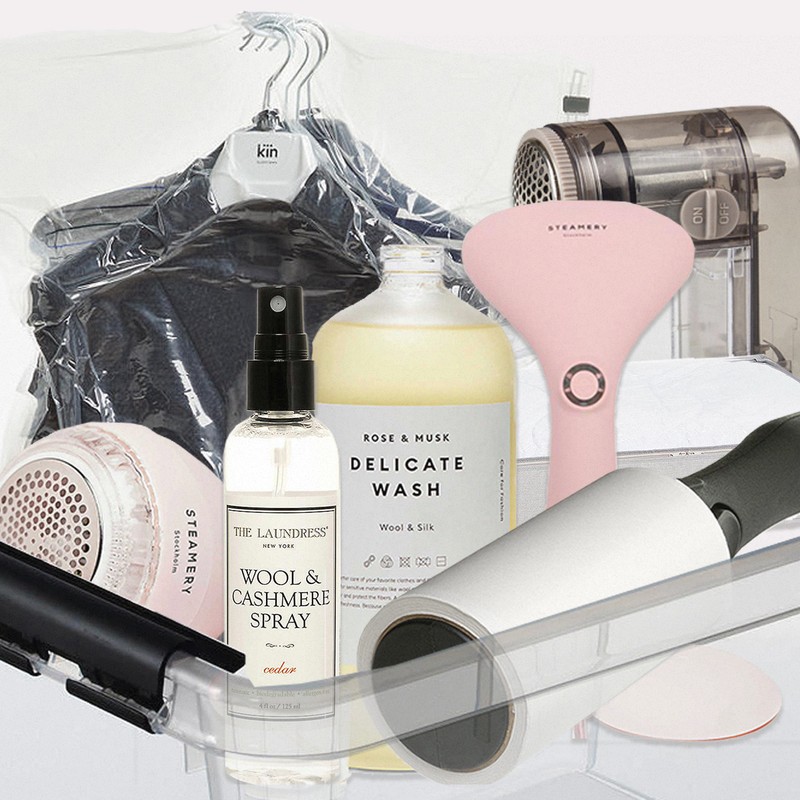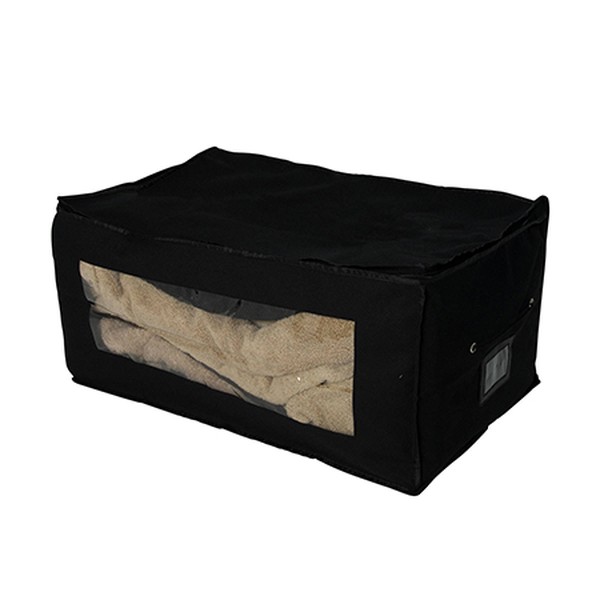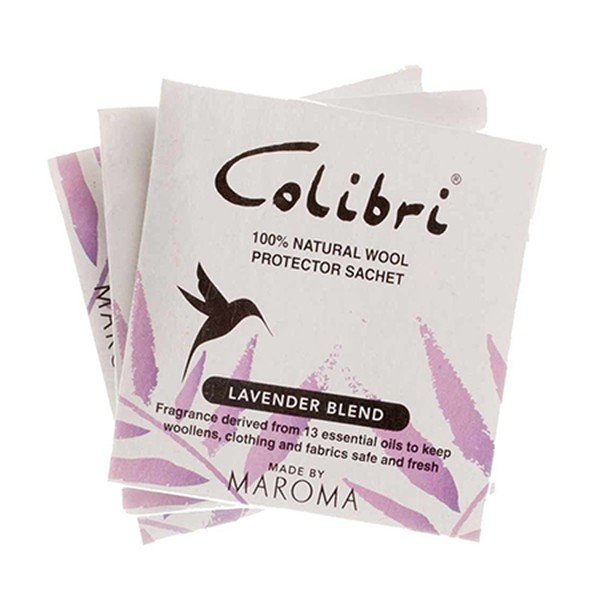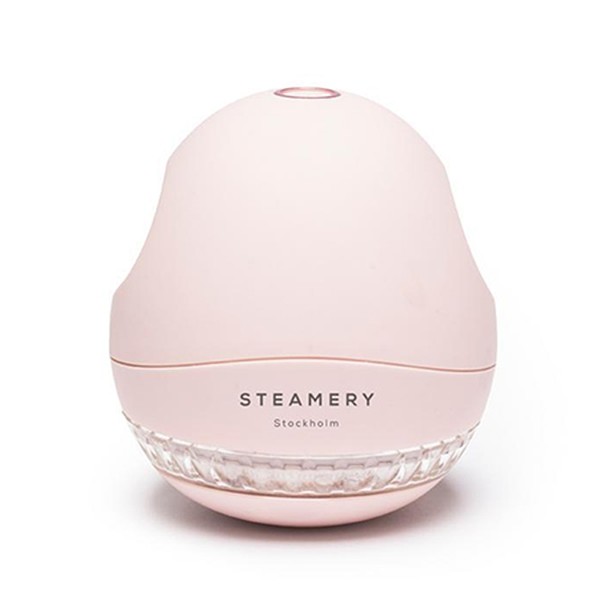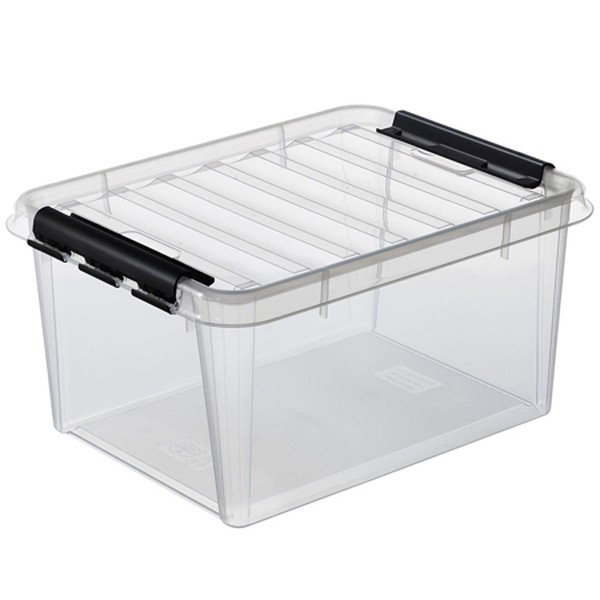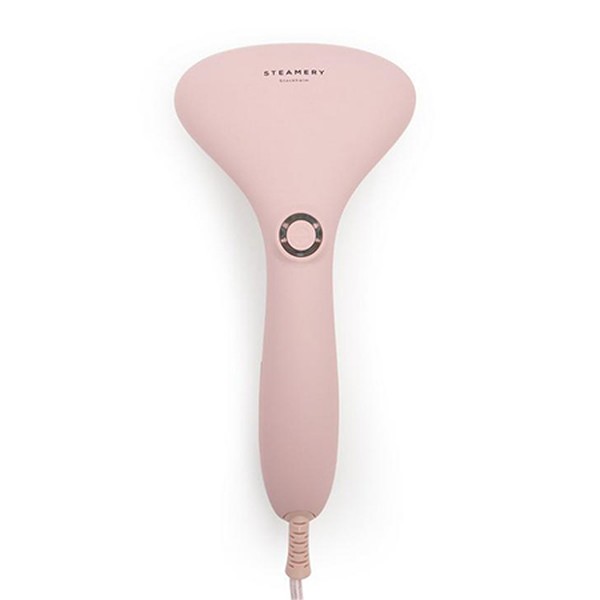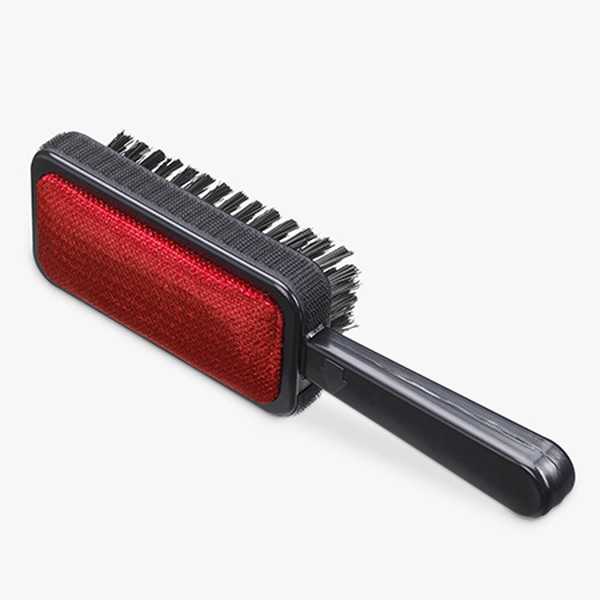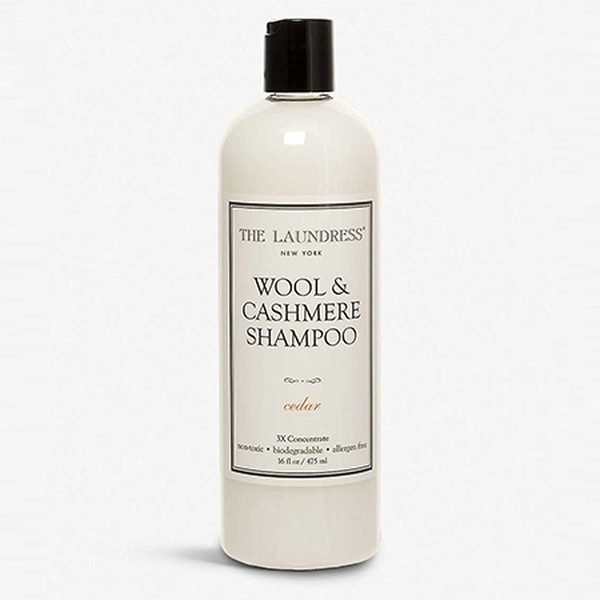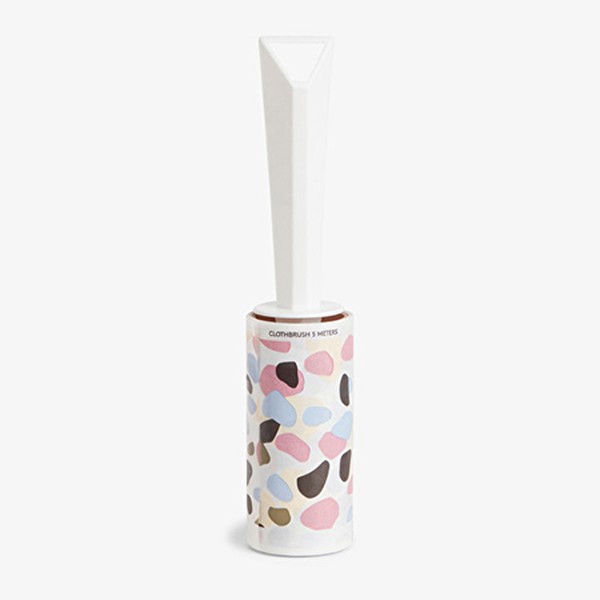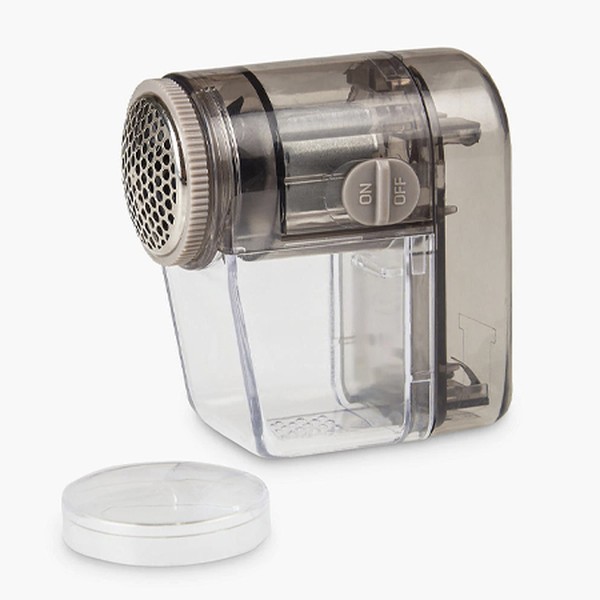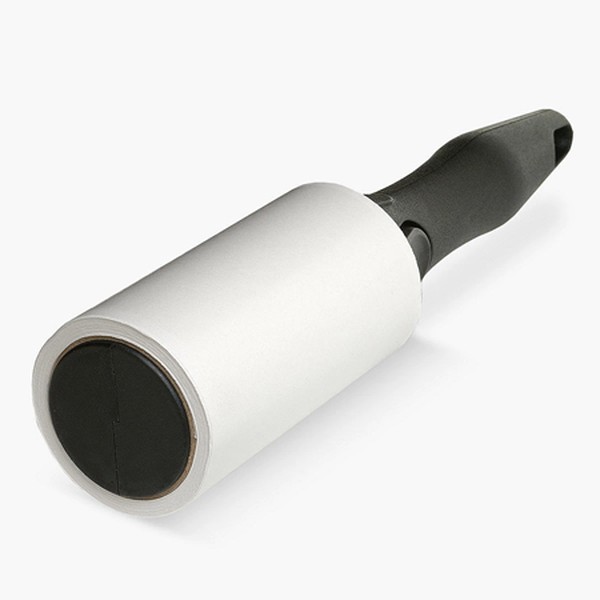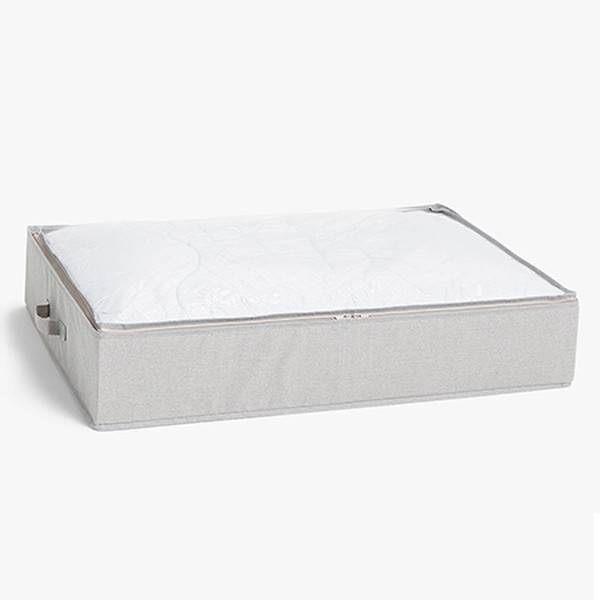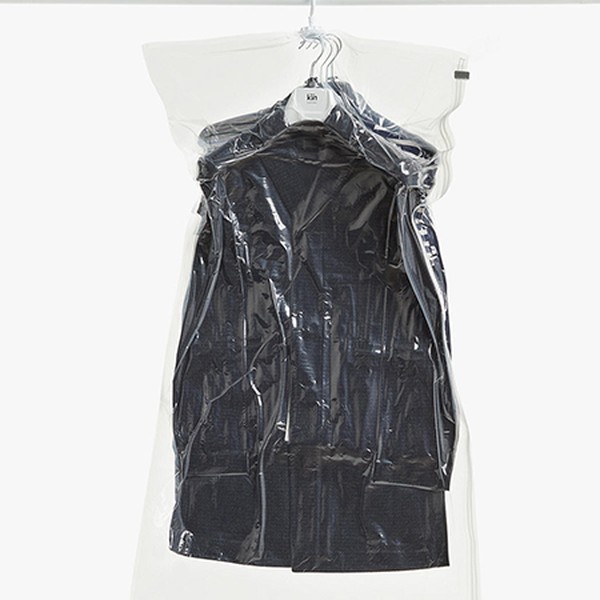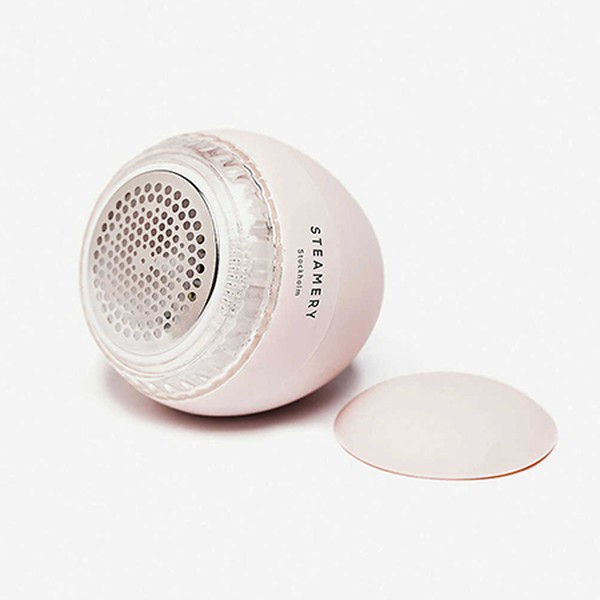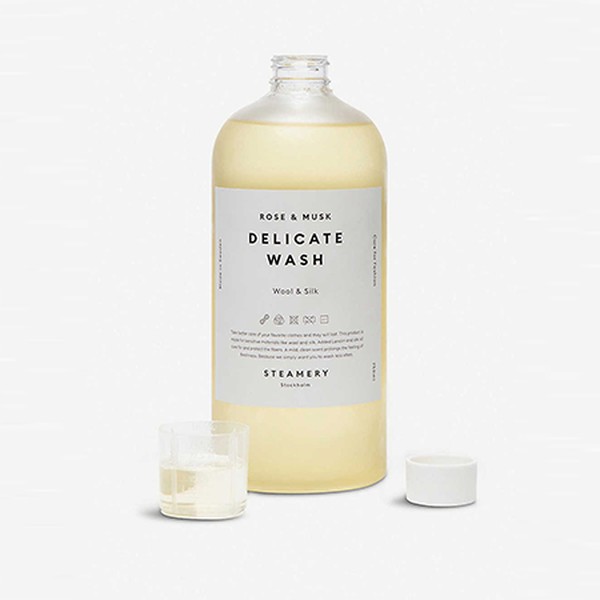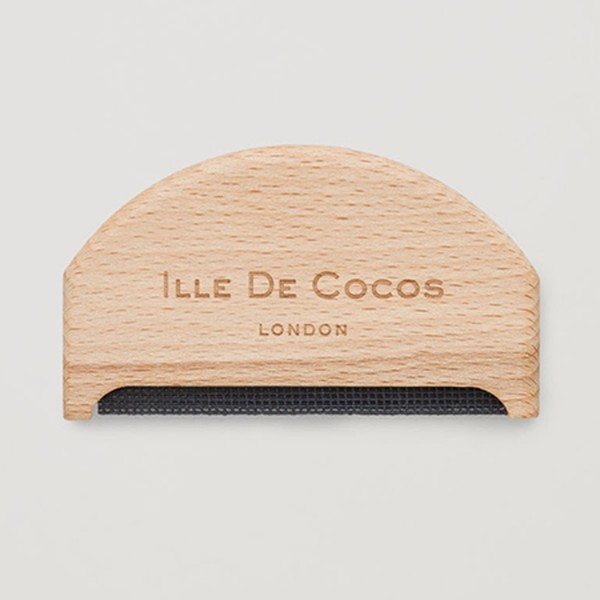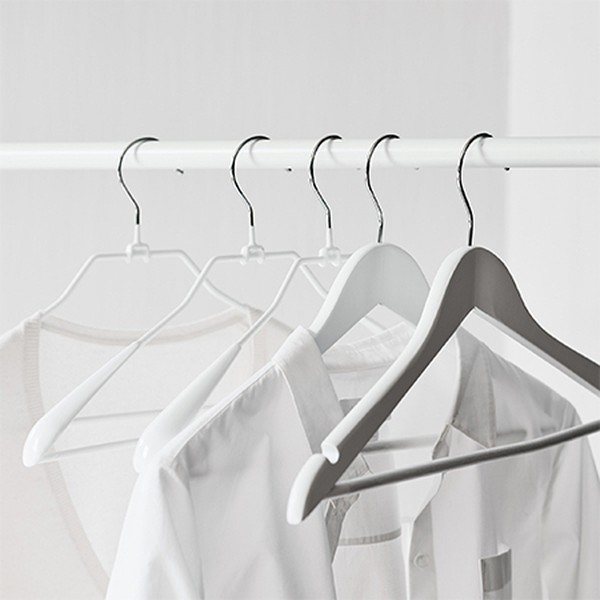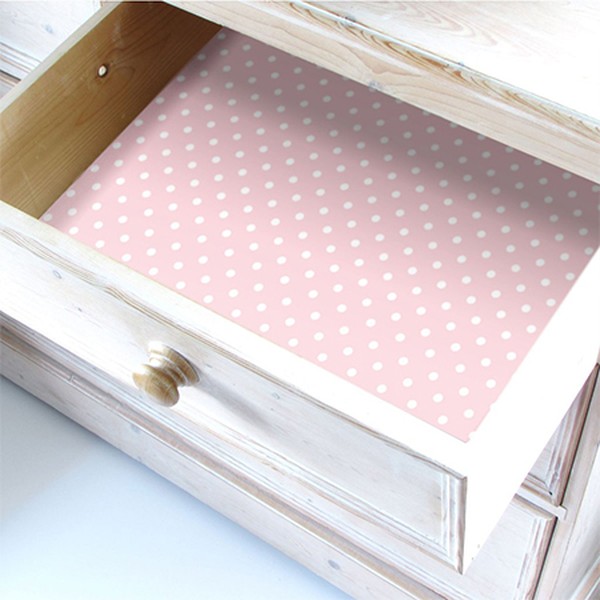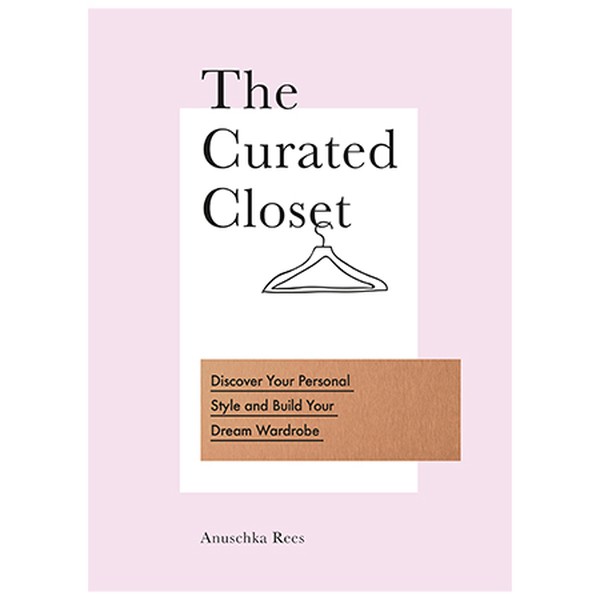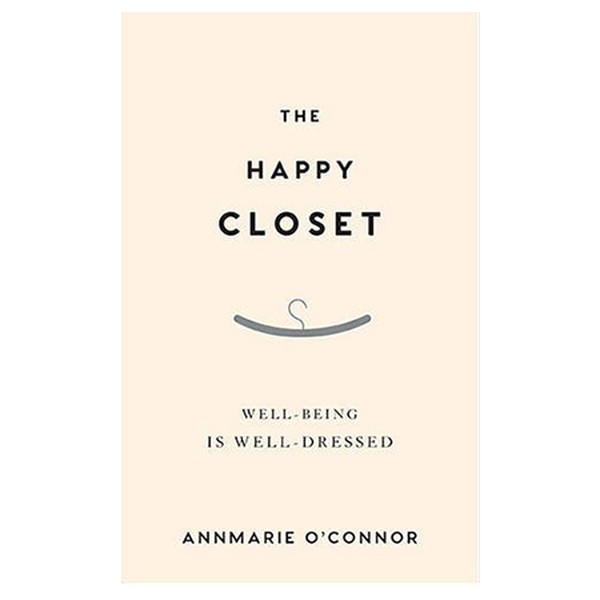9 Tips To Store Your Clothes Properly
Do your laundry
It goes without saying, but part of your wardrobe declutter and reorganisation should include a thorough laundry job before items are replaced. That means all of those hand-wash sweaters and delicate pieces, too. As for those items marked dry-clean only, don’t panic. “Delicate fabrics require a gentle approach to cleaning, but ironically, chemicals from the dry cleaner are actually super tough on them,” say the experts from New York laundry brand The Laundress. Depending on whether the piece is silk, linen, velvet or wool, start gently. “Before washing any of these fabrics, always test an inconspicuous area of your garment for water reactions before washing. Most fabrics should be stable if manufactured properly, but certain fabrics will release dye, which could stain other items in a load.” For a full break down, click here.
Choose the right hangers
We all know those flimsy wire hangers aren’t fit for purpose – especially when it comes to hanging more delicate fabrics which are prone to stretching and pulling. But with this extra time on our hands, now might finally be the time to do the big switch over. For Ashley Knierim from lifestyle and home décor site The Spruce, wooden hangers should be your first choice. She explains: “Wood hangers are a great choice for heavier items prone to wrinkling, like suits and coats. They add a sense of organisation and upscale look to any closet, and can withstand more weight than typical metal or plastic hangers.” If wooden hangers are out of your budget, or you fear they could take up too much space, try opting for velvet instead. “Velvet hangers look classy and are a great choice for delicate items like dresses and camisoles that are prone to slippage in your closet. They are also space saving – taking up less of a profile than wooden and plastic hangers. If you have a variety of clothing to hang in your closet, match these with a simple white wood or wire hanger for a seamless look.”
Check for moths
As we move into spring, now’s the time to do your biannual moth check. Unfortunately, according to pest control experts Rentokil, the first sign of clothes moths is likely to be damaged garments. “Clothing damage will most frequently occur in knitwear (commonly wool, cashmere, alpaca or angora), silk or leather garments,” they explain. “The damage will present itself as irregular ‘holes’ in clothing and the size of the holes will depend on how long moth larvae have been left undisturbed to eat the protein-based fibres. It is sometimes the case that non protein-based garments are attacked. This normally happens when garments that are stained with food or perspiration are left.” It’s also important to remember moth damage can occur in drawers, wardrobes and cupboards – so invest in some anti-moth products to keep your clothes safe. Rentokil recommends these moth traps, which are available in six month refills.
Set the temperature
If possible, try to keep the area where you store your clothes as cool and away from direct sunlight as possible. This is particularly true if you’re storing items you’re not wearing every day – like occasion wear or heavy winter coats. According to storage experts from Safestore: “When storing clothes, the rule of thumb is that the temperature should be no warmer than 23°C, with a relative humidity of 55°C. However, as long as you find somewhere to keep your clothes that is dry, cool, clean and dark (since bright light fades colours), they should look as fresh coming out of storage as they did going in.” Bear in mind that humidity matters too: high humidity will promote detrimental biological activity and break down in fibres, while very dry conditions could lead to fabrics becoming crispy.
Keep wood at a distance
If you’ve done a thorough declutter, a bulging wardrobe shouldn’t be an issue. But if you find garments are nestling up against the wooden doors or walls of a wardrobe, it could be causing more damage to your clothes than you realise. Wood contains acids that can damage textiles over a long period of time, which means special garments might need removing and storing elsewhere to keep them safe over the long term. Moths also like to gravitate towards wood, so keeping clothes in close proximity could increase the chances of critters poking holes. Try wrapping each item at the end of your rail in acid-free tissue paper or lining the inside of your wardrobe or drawers to minimise contact.
Invest in special tools
Whether it’s acid-free tissue paper, a cashmere comb or a simple hand-held steamer, investing in some helpful tools could help you stay on top of your wardrobe.
Here are some of our favourites…
Establish your system
It’s a known fact that many of us wear 20% of our wardrobe 80% of the time, so rather than colour co-ordinating or hanging garments by category, decide whether sectioning out a ‘capsule wardrobe’ might help you stay more organised. Anna Newton, aka The Anna Edit, suggest experimenting with the 10x10 rule – picking ten items from your closet and building ten different, failsafe outfits. “I like to get my ten pieces out of the wardrobe so I can see how it all looks; the colours, the textures and to see if any outfits immediately spring to mind,” she writes. “Then it’s time to work out the ten outfits you’d like to create from your ten items. I always like to start with trousers or bottom half options. From there I built in elements, making sure that I’m using up all my items. If I’m feeling stuck, I head over to my Instagram saved section to see if there are any outfits I’ve loved recently that I could recreate similar versions of.”
The best books to build a curated closet…
Pack away seasonal items
If you’re tight on space, it might be necessary to pack away larger, bulkier items as we move into the warmer months – but you’ll want to make sure you do so safely. For heavy coats, or garments taking up a lot of space, consider investing in vacuum-pack bags to cut down on space (just remember, the plastic isn’t usually suitable for delicate fabrics which need to breathe). Sarah Aguirre from The Spruce says: “Plastic storage containers can be used for storing clothes, although if any bug larvae are in the clothing, they will have a feast. Cardboard boxes can be used for temporary storage – just make sure you use new, clean boxes to avoid staining and insects. Even then be aware that cardboard boxes can attract bugs. One of the best storage containers is an unused suitcase that has been thoroughly cleaned, and line containers with acid-free tissue.”
Get folding
For items which haven’t been put in storage and aren’t taking up hanging space, learning the art of a good folding technique is crucial to keeping drawers and shelves looking tidy and organised. According to the queen of organisation, Marie Kondo, different items should be folded in different ways to maximise space. But by far her most popular method for t-shirts, jeans and jumpers is the file fold. Rather than haphazardly laying things flat in a drawer, her technique means they stand upright to minimise creasing. For knitwear, lay the sweater flat in front of you with the sleeves spread out. Fold in the right side with the sleeve straight out. Fold the sleeve over and down so it creates a triangle. Repeat on the left side so you are left with a rectangle. Start from the top and fold inward until it stands upright. For jeans, start also by laying them flat in front of you. Then, fold the left leg over the right. Fold in the crotch. Fold over the bottom toward the waist, leaving an inch of space. Finally, fold inward until the jeans stand upright.
DISCLAIMER: We endeavour to always credit the correct original source of every image we use. If you think a credit may be incorrect, please contact us at info@sheerluxe.com.
